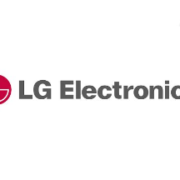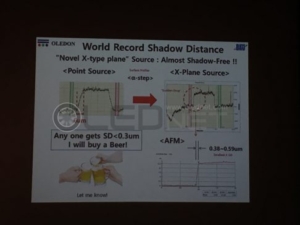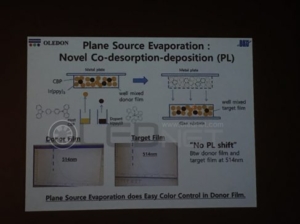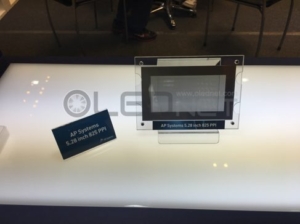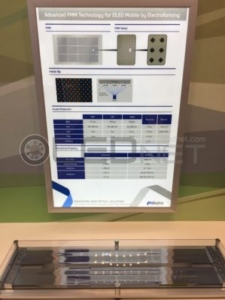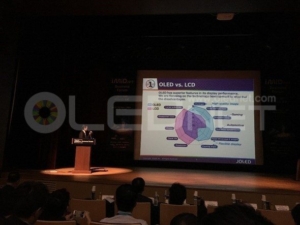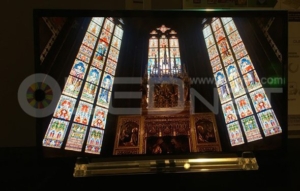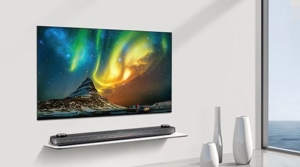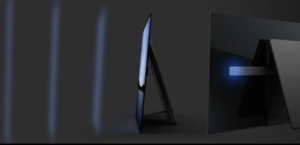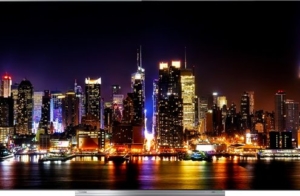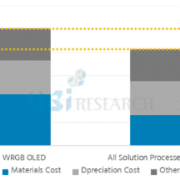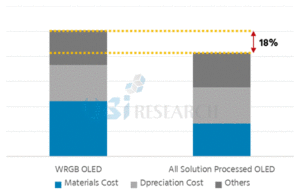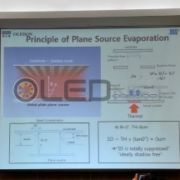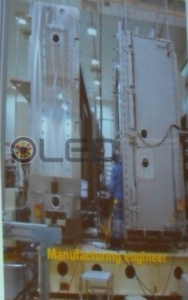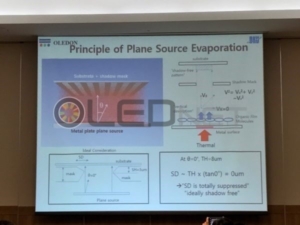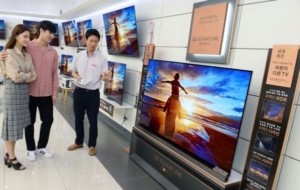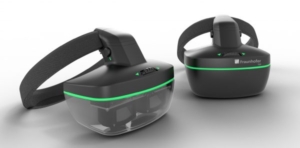OLED TV, leading the premium TV market, LG Electronics HE division created the largest operating profit
On the 26th, LG Electronics announced its 2017 Q3 performance through conference call. LG Electronics recorded consolidated sales of KRW 15.2241 trillion in 3Q and operating profit of KRW 516.1 billion. Sales and operating profit grew by 15.1% and 82.2% YoY respectively. Sales are the highest in 3Qs ever.
In particular, sales of premium TV increased, and HE division posted record-high quarterly results with operating profit (KRW 458.0 billion) and operating margin (9.9%). In addition, operating profit (KRW 882.9 billion) and operating margin (9.2%) are the highest in the household appliances business including household appliances and TVs.
LG Electronics announced that its HE division posted sales of KRW 4.6376 trillion and operating profit of KRW458 billion, and sales of premium TVs such as OLED TVs and UltraHD TVs increased steadily, with 12.0% YoY growth. It is known that the operating profit and operating margin (9.9%) reached a record high on a quarterly basis due to improved profit structure by expanding sales of premium products.
LG Electronics said on Oct 11 that monthly sales of OLED TV have exceeded 10,000 units for the first time in Korea and that it is speeding up its popularization. LG OLED TV has been recognized for its image quality by being awarded the top spot in the performance evaluation conducted by non-profit consumer magazines in 11 countries including the US and UK this year and the price of the 55-inch OLED TV has dropped to the mid-2 million level, and It is regarded as the cause of goodness of its sales.
LG OLED TV accounted for about 30% of domestic TV sales of LG Electronics, and it is known to have completely settled in the market. LG Electronics official announced plans for the future, ” HE division plans to continue sales growth and stable profit structure focusing on premium products such as OLED TV and UltraHD TV.”

